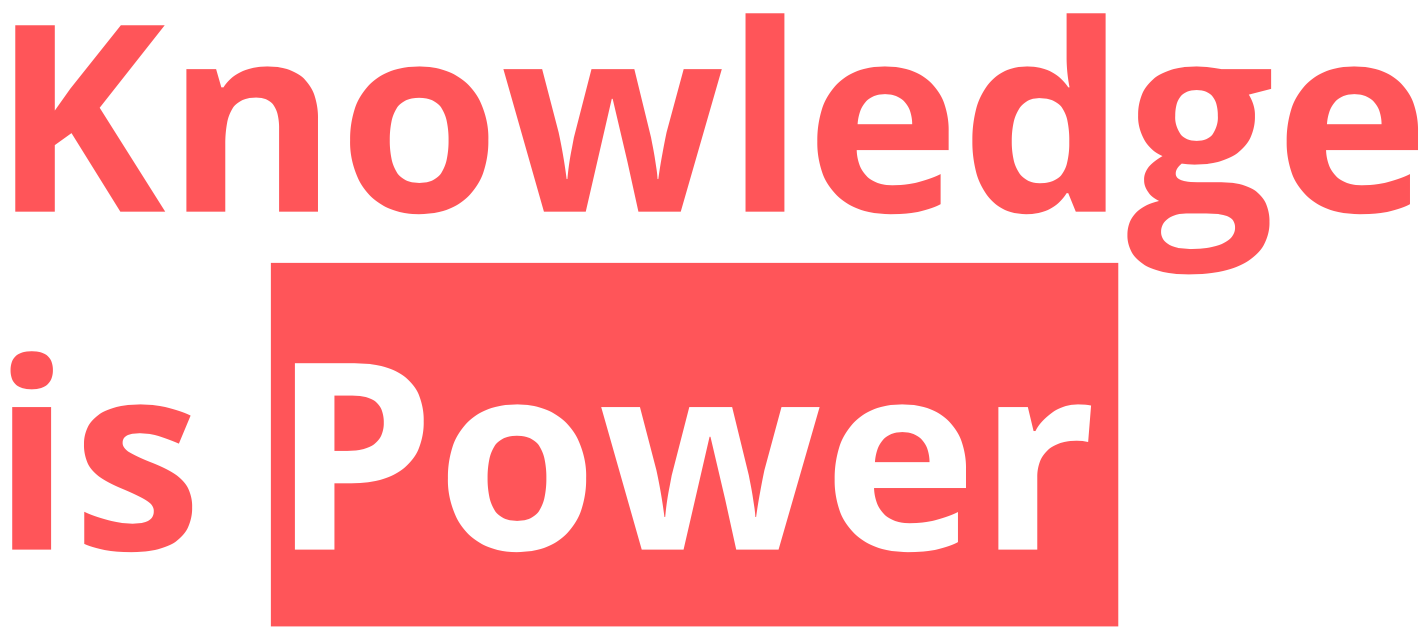Planning your research
Introduction
The action part of community-led action research is about using your research to help change something. You’ll be more likely to achieve some change if you plan your research. This involves thinking about the links in the chain that can help lead to the change you want.
This guide will take you through how to plan your research. To help with this, we’ll use the following example:
Childcare example
Our problem
Although we know that lack of childcare is an issue in our community, we don’t know how much of a problem this is. We also don’t know what type of childcare would be most helpful to people in the community. We do know that childcare will need to be funded, and that we’ll need to show evidence to the funders of why childcare is needed.
Our solution
Our research will look at these two concerns and use the findings as evidence to get funding for suitable childcare.
Before reading on, have a think about:
what it is we are trying to achieve in this example;
how we will know we have achieved this; and
what we will need to do in order to know this
Working towards change
To come up with a research plan you need to start with what you want to change or the difference you want to make. This can be called an outcome. You can then work backwards to identify what evidence you will need to achieve that change and, finally, what things you will need to do in order to get your evidence.
So, we need to be clear about:
What we’re trying to achieve (our outcomes)
How we will know and show that we’ve been successful (our indicators and measures for success)
How we’re going to go about it and what we’re going to do (our methods and activities)
These are the same things we asked you to think about in the childcare example. A useful way to develop this is to use a Planning Table (below).
Managing expectations
Since we’re talking about what you are trying to achieve with your research, it’s probably worth saying a little about managing expectations. Although it’s good to aim high, it’s worth remembering that the world we live in is complex. It’s hard to predict, to control and to shape in the way that we might want. It’s also difficult to say exactly what it is that leads to change.
If appropriate childcare eventually gets provided, will this be as a result of your research or something else, such as a new head of services in the council who is more sympathetic to your cause? In reality, the change will likely result from a range of factors. Keeping your outcomes SMART should help you focus on the things that are within your control.
Resources Check
A successful Community-led action research process needs to be properly resourced. Resources include people, time, money, equipment, spaces etc. What you will need depends on the scope and scale of your project.
With your group consider the following questions:
Who are the people we can draw on?
How many, who and what are their skills and knowledge?
What (if any) support might they need?
What ‘fixed’ resources do we have? E.g. meeting spaces, IT, cameras etc. etc.
What resources do we need?
Any other resource opportunities or gaps?
Finally, a word on evaluation
The Knowledge is Power toolkit also contains advice on evaluation and measuring impact. It is important that you are able to plan your research in a way that it makes evaluation easier. The use of SMART outcomes and clear measures and evidence will help you to do this. The important thing to remember is that planning and evaluation are closely linked and are often best seen as being part of a learning cycle as shown here:


